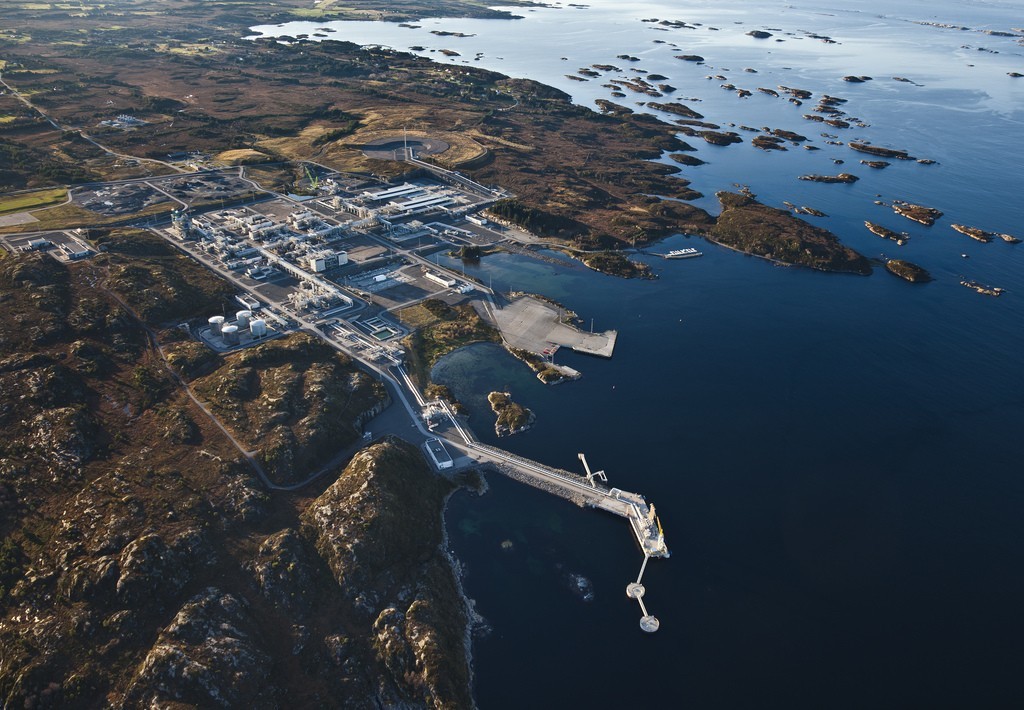
The world’s biggest wealth fund won’t be joining its counterparts in a selloff that’s hurting already depressed markets.
In fact, officials who supervise the $780 billion fund haven’t even discussed the possibility of shifting strategy, according to Egil Matsen, who this week started as the new deputy central bank governor in charge of oversight of the investor.
“There’s no indication that we need to sell assets now, not at all,” Matsen said in an interview in Oslo Thursday. “The governance structure around our sovereign wealth fund is actually designed to live through such periods.”
Across the Middle East, central Asia and Latin America, governments are tapping reserves accumulated when oil prices were high. Petrodollar-stocked state wealth funds are an influential force in global finance, accounting for 5 percent to 10 percent of assets. Their selloff is seen reaching $75 billion in equities and $110 billion in bonds, according to JPMorgan Chase Bank.
In Norway, the vast size of the wealth fund and a relatively limited government need for more cash to cover deficits means the investor is unlikely to need to burn through capital. Though the government this year plans to make its first withdrawal since the fund got its first capital infusion in 1996, the investor has said that dividends and interest income will be more than enough to cover those withdrawals.
“The fund has a very long-term perspective,” Finance Minister Siv Jensen said in an interview. “It’s constructed to sustain large fluctuations in exposed periods.”
That means the fund can stick to plans to shift away from Europe and into emerging markets as it tries to tap into global growth.
“We’re in a different situation,” Matsen said. Cash flow from bonds and stocks, which are roughly 200 billion kroner ($22.5 billion), are “substantial” enough to allow the fund to plow forward with its existing plans, he said.
The fund has surged in size under a self-imposed straitjacket that caps government use of oil revenue. Its growth will allow the government to spend a record 209 billion kroner of its oil income this year.
The market selloff itself is making Norway’s wealth fund smaller than it was. Commodity losses have already depressed global markets, bringing the value of the Norwegian fund — which is updated continuously on its website — down from a peak of almost $900 billion last year.
The fund has been a success in insulating the economy from fluctuations in oil price, and in achieving “very good” returns won on the back of its asset allocation, Matsen said. It is now allowed to hold 60 percent in stocks, 35 percent in bonds and the rest in property. The investor is lobbying to enter the infrastructure market and to double its real estate allocation to 10 percent.
The fund is “more complicated than it used to be,” which makes the addition of a second deputy governor to focus on the investor a “natural step,” he said.
Matsen also sits on the executive board at Norges Bank, which steers monetary policy. The bank has signaled it is prepared to lower interest rates again to shield Norway from slumping oil prices. Policy makers have halved the benchmark to 0.75 percent.
While Matsen was tight-lipped on monetary policy, he did say that the bank still has “tools available in terms of macroeconomic policy, there is still room to maneuver with interest rates. And we are in a much better fiscal position than almost every other country.”
Though the oil slump creates a “very challenging situation” for the offshore industry, Norway is well positioned to get through a “lasting, structural change,” Finance Minister Jensen said.
“These are demanding times,” she said. “But we don’t have a crisis.”
